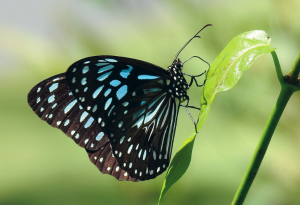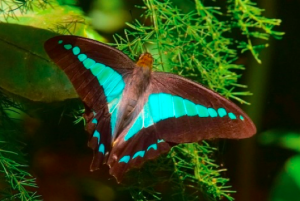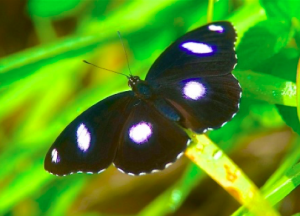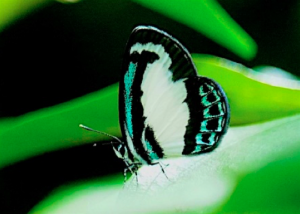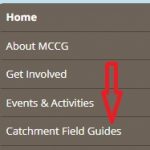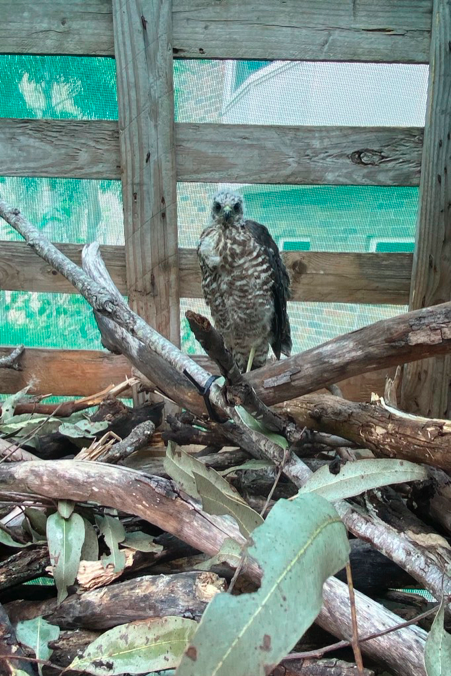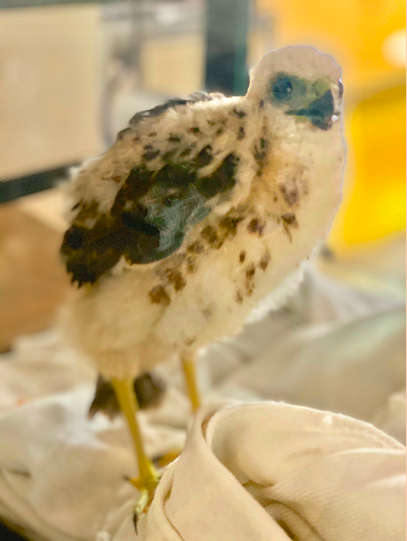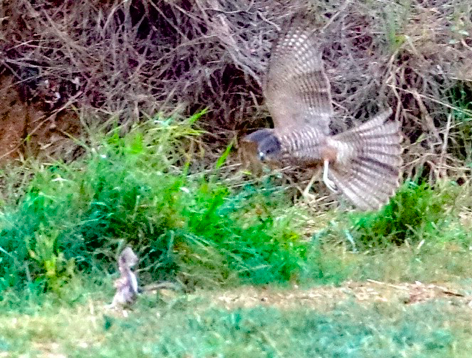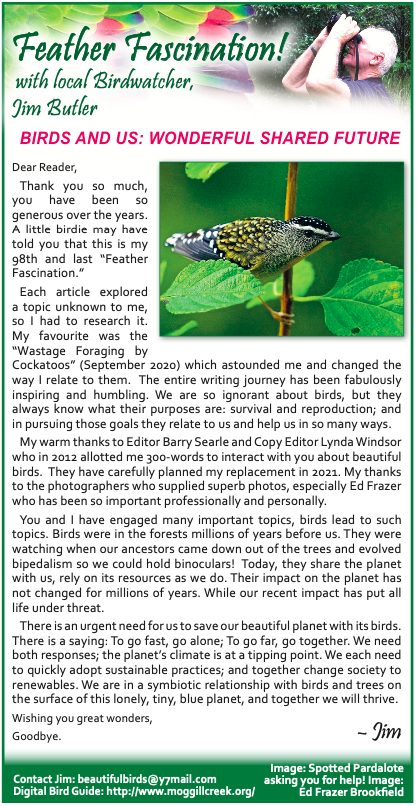WELCOME to the new ‘Wildlife Matters’ column, which replaces Jim Butler’s ‘Feather Fascination’.
The first Wildlife Matters focuses on Brisbane’s Big Butterfly Count and explains why we should all be involved.
Read all about it here: Wildlife Matters January 2021
Blue Tiger butterfly (Tirumala hamata) – photo Jim Pope
All Wildlife Matters columns can be found in the Media Centre
Published in


